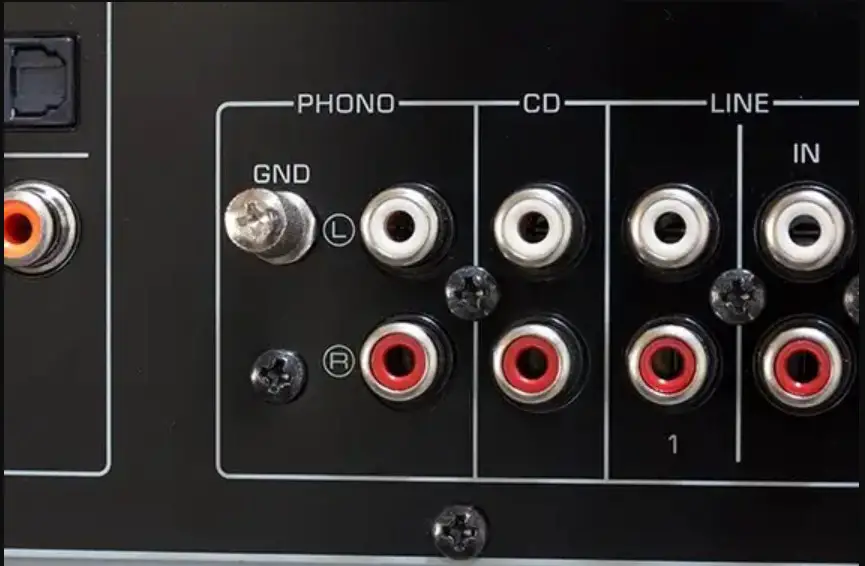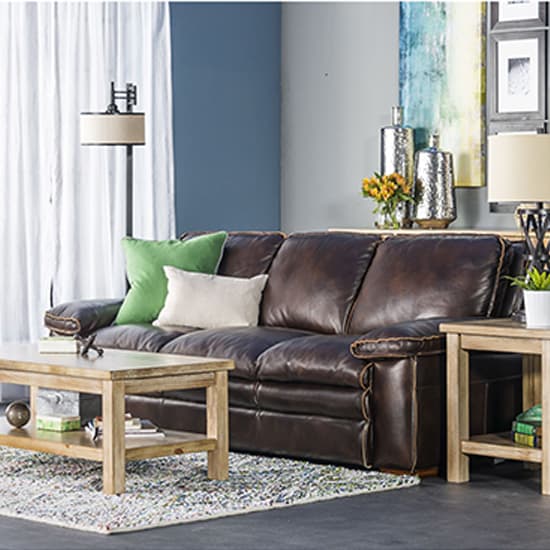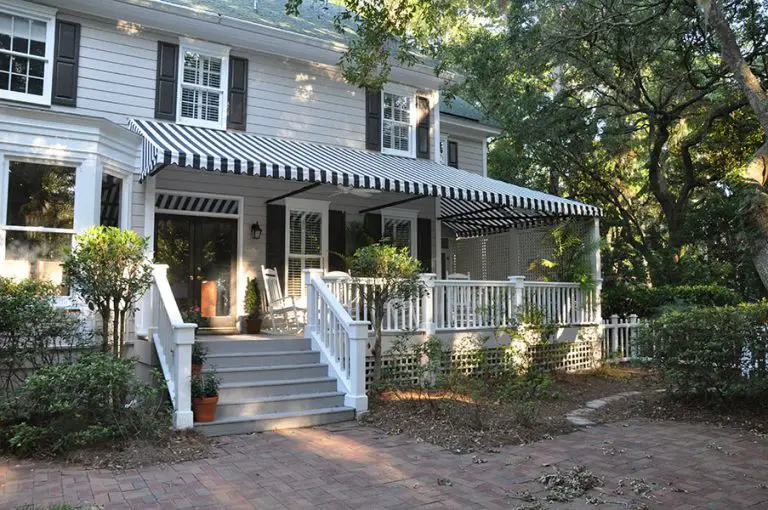How to Connect Multiple Speakers to Home Stereo
If you have more than one set of speakers lying around the house, you may be wondering how to connect multiple speakers to your home stereo. Although most stereos are designed to work with only one set of speakers, there are a few ways that you can hook up multiple speakers to create a surround sound experience in your home. In this article, we’ll show you how to connect multiple speakers to your home stereo using a speaker wire, an amplifier, or a receiver.
- Decide how many speakers you want to connect to your stereo
- Choose the right speaker wire for your needs
- Connect the positive end of the speaker wire to the positive terminal on the back of your stereo receiver or amplifier
- Connect the negative end of the speaker wire to the negative terminal on the back of your receiver or amplifier
- Repeat steps 3 and 4 for each additional speaker you are connecting to your stereo system
How to Connect Extra Speakers to Stereo
If you’re looking to add some extra speakers to your stereo setup, there are a few different ways to go about it. The most common method is to simply wire the additional speakers in parallel with the existing ones. This is fairly straightforward to do – just run a length of speaker wire from the positive terminal on your amplifier (or receiver) to the positive terminal on one of the new speakers, and then do the same for the negative terminals.
Make sure that you keep track of which speaker is which, as reversing the polarity will result in sound that’s out of phase and will cancel itself out somewhat. Another option is to use a speaker selector switch. This gives you a bit more flexibility in terms of where your extra speakers are located, as well as allowing you to turn them on or off as needed.
You’ll need one that’s rated for at least as many watts as your amplifier puts out, and make sure that it can handle both 4-ohm and 8-ohm loads (most can). Again, pay attention to polarity when wiring everything up. Finally, if you have an amplifier or receiver with multiple sets of output terminals, you can simply connect each pair of new speakers to its own set.
This keeps them isolated from each other electrically, so there’s no risk of damaging your equipment if something goes wrong. It also means that you can adjust the volume level independently for each pair of speakers. Whichever method you choose, just be careful not to overload your amplifier by adding too many speakers – four should be about the maximum unless you have a very powerful amp.
And always make sure that any connections are secure and tight; loose wires are a fire hazard waiting to happen!
Can You Connect More Than 2 Speakers to a Stereo?
It is possible to connect more than two speakers to a stereo receiver. The number of speakers that can be connected depends on the receiver, but most receivers will allow for four or more speakers to be connected. There are a few things to keep in mind when connecting multiple speakers to a stereo receiver.
First, make sure that the impedance of the speaker system is compatible with the receiver. Second, connect the positive terminal of each speaker to the positive output of the receiver, and connect the negative terminal of each speaker to the negative output of the receiver. Finally, be sure to use a speaker wire that is thick enough to handle the current flowing through it.
How Can I Add More Speakers to My Stereo?
There are a few ways to add more speakers to your stereo system. The most common way is to simply buy additional speakers and connect them to your receiver. This will give you the most flexibility in terms of placement and the number of speakers.
Another option is to buy a speaker dock or base that allows you to add extra speakers. These can be placed around your room for better sound coverage. Finally, some receivers come with built-in amplifiers that can power additional speakers.
If yours does not have this feature, you can purchase an external amplifier and connect it to your receiver.
Can I Connect 2 Speakers to 1 Output?
Yes, you can connect 2 speakers to 1 output. This is commonly done with home theater systems, where you have a receiver with multiple outputs that you can use to connect multiple speakers. There are a few things to keep in mind when connecting 2 speakers to 1 output.
First, make sure that the impedance of the speakers is the same. If the impedances are different, then one speaker will be louder than the other. Second, make sure that the power rating of the amplifier is high enough to drive both speakers.
If not, then one speaker will be quieter than the other. Finally, if you are using an active crossover, then make sure that it is set up correctly so that each speaker gets the correct signal.
How Do I Connect 4 Speakers to a 2 Channel Receiver?
If you have a two-channel receiver, you can connect four speakers to it. The most common way to do this is to connect the front left and right speakers to the receiver’s main left and right channels, and then connect the rear left and right speakers to the receiver’s left and right surround channels. Some receivers also have “zone 2” or “zone 3” outputs that can be used to send audio to additional pairs of speakers in other rooms; if your receiver has these, you can use them to drive the extra pair of speakers.
You will need a speaker wire for all of these connections. If your goal is simply to play music through all four speakers at once, any combination of speaker wire connections will work: you can daisy-chain the front and rear pairs together, or connect each speaker directly to the receiver. However, if you want to take advantage of features like Dolby Surround Sound or DTS Neural:X upmixing (both of which require four distinct audio inputs), you’ll need to make sure that each speaker is connected directly to its corresponding amplifier channel on the receiver.
For example, with a 5.1-channel Dolby Surround setup, your front left speaker would need to be connected directly to the receiver’s Front Left channel; connecting it indirectly via another speaker would defeat the purpose of having discrete surround sound channels in the first place. The same basic principles apply if you’re using an AV receiver with more than two amplifier channels: just make sure that each speaker is connected directly to its own amp channel for best results. And as always, consult your owner’s manual for specific instructions on how best to set up and configure your particular model of AV receiver.
How to wire multiple speakers to your home stereo |Tutorial|
Conclusion
You can connect multiple speakers to your home stereo using a speaker wire. You will need to determine the correct gauge of wire to use, as well as the polarity of the wires. Once you have the wire, you can connect the speakers in parallel or in series, depending on your preference.






